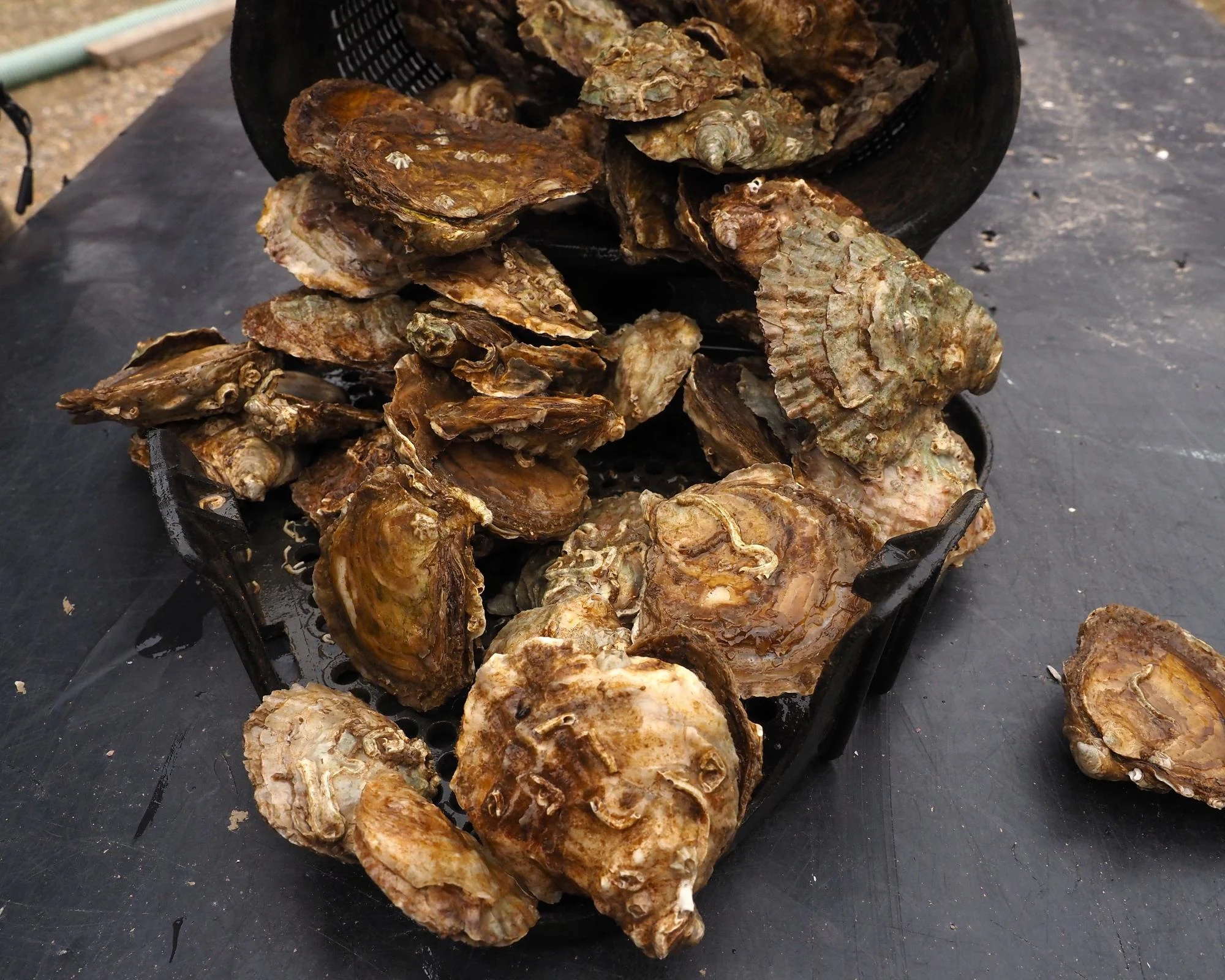Copyright yahoo

It sits on my desk as I write, a memento from our Norfolk visit, where I found it at the tide’s edge. This blue-and-ochre shell comprises 30 or more fine layers of wavy calcium, rising to a swollen weathered apex. You could imagine the original bivalve sitting in your palm as an intact and living whole. But for that thought experiment to be true, I’d have to be more than 100 years old. Because this European flat oyster is a relic of a lost Victorian ecosystem. The colony that gave rise to my shell had probably existed here for thousands of years, until the dredgers got to work, as they have on 90% of wild oyster reefs worldwide, and smashed it apart, then took the lot. Native oysters are functionally extinct here, as they are around most British coastlines. Yet their historical national abundance was said to have inspired Caesar to contemplate his English invasion. Later emperors valued them so highly that they paid for oysters with their equivalent weight in gold, and Boston in Lincolnshire may well have first developed as a port to supply the shellfish to the banqueting couches of Rome. If the personnel behind Norfolk Oyster Company have their way, some of this remarkable cultural story will be revived. Yet far more important to them are the ecological riches that they will also help to bring back. Oyster reefs are known to support 466 marine organisms and are deemed keystone species – makers of whole ecosystems. Motivated by these considerations, the company, with its partners Oyster Heaven, has leased a seabed stretch off Blakeney and plans to seed it with 40,000 special clay bricks as an essential hard substrate, with each brick preloaded with year-old oyster spat. Every mature female shellfish can then lay hundreds of millions of eggs annually, and the long-term hope is that the protected human-made reefs will flourish into self-sustaining communities, massively boosting the entire marine environment. There are similarly fabulous oyster projects on the Blackwater in Essex, at Spurn, East Yorkshire, and on the Solent and Thames. Many say much the same thing: the main obstacle they face is not the marine environment but humans – overly cautious civil servants who are too nervous to say yes. • Under the Changing Skies: The Best of the Guardian’s Country Diary, 2018-2024 is published by Guardian Faber; order at guardianbookshop.com and get a 15% discount



